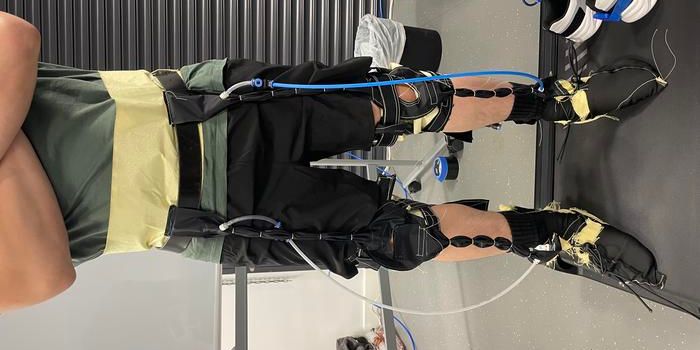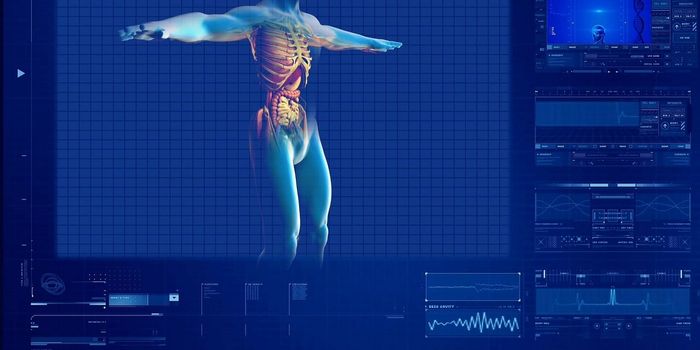Interactive Digital Games Reinvent a Trip to the Art Museum
The Cleveland Museum of Art (CMA) is engaging its guests in new and innovative ways; visitors can now use their bodies to control and play with digital exhibits that directly tie to physical artworks. The ARTLENS gallery introduces visitors to 14 motion-sensing games that relate to and allow interaction with images from the collection. People can make unique hand gestures and move their entire bodies in order to explore the pieces, find connections and synchronicities, or zoom in and out of enormous projections. ARTLENS, which launched in the fall of 2017, follows up on a digital initiative called Gallery One that CMA ran in 2013. Staff from prominent museums all over the globe come to CMA to learn about their cutting-edge and engaging exhibition strategies.
“We find that play is a very un-inhibiting way to engage people to talk about art and learn about art,” Lori Wienke, CMA’s associate director of interpretation and one of the inventors of the ARTLENS gallery, told Smithsonian Magazine.
Gallery One consists of a 5-by-40-foot touch screen that includes search options and responsive thumbnails of more than 4,000 artworks, which zoom and offer descriptions when selected. Gallery One was integrated into ARTLENS along with new games. The actual pieces are positioned in the center of this gallery, with digital activities encircling them; when a game involves an art projection, the original is located nearby to support engagement with both versions. ARTLENS currently features 20 pieces and CMA plans to rotate its exhibitions every 18 months.
Let the Art Games Begin!
One popular ARTLENS game is called “Zoom Wall.” It allows people to move toward, away from or to the side of a projected artwork to create “pinch-and-zoom” experiences common on touch screens. Two visitors can also coordinate their movements to control this function together. CMA’s Chief Information Officer Jane Alexander, who also helped to develop ARTLENS, thinks this game has already had a positive result; “People are truly engaging together, of all ages, without knowing each other,” she said, noting this is somewhat atypical in museum settings.
Another activity, “Line Shape” asks anyone to create a unique line with a hand movement. The line created by the gesture is then matched to similar visual details throughout CMA’s enormous collection. Patrons can also use body movements to paint and shape pottery on responsive screens, try to position themselves accurately within artworks or balance digital representations of vases on their heads in playful experiences. Guests who may find typical galleries uninviting or unengaging can easily access the works around them and explore visual expression through these welcoming games.
Future Applications
CMA is also using ARTLENS to track visitor behavior and enjoyment in relation to the art collection. For example, one activity uses a scanner to track the eyes’ journey over an artwork. This allows the viewer to see where their focus was concentrated and also to compare their eye movements with others'. This type of data is useful for the museum in understanding guest engagement -- they have already noticed many visitors looking at images for longer periods of time when trying out this activity.
Using digital scans and displays of art in this fashion could also foster greater inter-museum sharing and collaboration, which might increase international cooperation and be a boon for smaller galleries without the budgets to host expansive shows. Major institutions that typically keep most of their art in storage at any one time could also be empowered to bring more creative works out into the open through digital representations.
The CMA team hopes to have gathered a useful body of data on the success and impact of their gesture-based art games by the fall of 2018, when ARTLENS turns one. So far, the exhibit appears well-received, as you can see in the video below.









